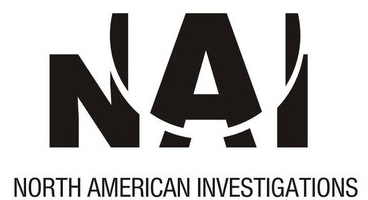 As an investigative tool, a criminal profile can be controversial. Popular media shows criminal profiling as some sort of magic wand that can solve any case. Its detractors state that it is nothing but hogwash – unscientific and extremely prejudicial to a suspect.
As an investigative tool, a criminal profile can be controversial. Popular media shows criminal profiling as some sort of magic wand that can solve any case. Its detractors state that it is nothing but hogwash – unscientific and extremely prejudicial to a suspect.
Criminal profiling is an investigative tool which attempts to identify unknown suspects and aid in apprehension. It provides the investigators with a personality assessment based on behaviors and habits exhibited during and after the crime. The criminal profile is then used by the investigator to help in identifying suspects.
Developing a Criminal Profile
The FBI’s Behavioral Analysis Unit has identified six steps in the development of a criminal profile.
- Profiling input – The criminal profiler will study all evidence and information on the crime. However, information on suspects is not included as it may lead to prejudice in the profile. This can include crime photos, autopsy reports, and police reports. A proposed change is that at this point, a criminal profiler should also determine if there is a case linkage between this crime and any other crimes.
- Decision process models – Profiling inputs are organized to find patterns. The crime, victim, offender’s motivation, and probability of being caught are analyzed.
- Crime assessment – The crime is studied and the sequence of events and interaction of all involved are determined.
- Criminal profiling – From information gathered from previous steps, a personality composite is created which may include background, habits, behaviors, and other personality traits.
- Investigation – The profile is applied to the investigation to help identify a suspect. Predictive profiling can also be used in predicting when and where a serial offender might strike next.
- Apprehension – The criminal profile is assessed on accuracy and utility in catching the offender.
Behaviors and Habits of a criminal
Criminal profiling is based on the premise that behaviors are predictable and humans are creatures of habit. A criminal will target a specific victim due to behavior or will use a specific tool out of habit. Criminal profilers interview criminals – notably, serial killers – in order to generate statistics and other data to build up a database used in criminal profiling. They try to assess what behaviors a type of criminal exhibit and if they are applicable to others. However, there have been a lot of criticisms to the validity of the data as some of the criminals had been proven to lie during the interview.
Controversy and usefulness in investigation
Some criminal profiles are extremely accurate like the Mad Bomber of New York, George Metesky. Some, however, not so much – like the DC Sniper case. Detractors say that criminal profiling is as much guesswork rather than an actual science – and is therefore not a valuable investigative tool. There have been cases where the criminal profile was wrong and it had wasted law enforcement resources.
Criminal Profiling as an investigative tool is not to be used on its own and to the exclusion of other tools. It must be used with care and in concert with other investigative tools. In cases where the suspect is unknown and all you have is the crime scene, an investigator will need use all available tools.




